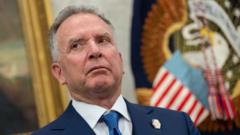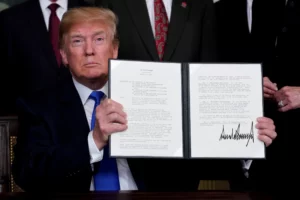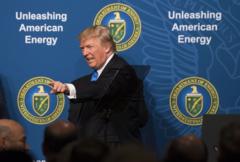Canadian leaders are addressing President Trump's proposed tariffs—effectively aiming for a staggering 50 percent on steel and aluminum products. While some U.S. business figures question the administration's approach, Trump continues to assert that Canada must change its trade practices.
Canadian Leaders Navigate Trump’s Tariff Threats During Washington Visit

Canadian Leaders Navigate Trump’s Tariff Threats During Washington Visit
In a recent trip to Washington, Canadian premiers confronted the looming threat of new tariffs from President Trump, which could significantly impact trade relations.
Canadian premiers made a concerted plea for maintaining open trade during a recent visit to Washington, D.C., amidst growing tensions resulting from President Trump’s proposed tariffs on steel and aluminum. The ongoing discussions revealed a complex landscape of trade relationships, marked by threats and counterthreats.
Earlier this week, President Trump announced a 25 percent tariff on all steel and aluminum imports, with the possibility of an additional 25 percent tariff imposed on many Canadian exports currently under review. If enacted, this would lead to a cumulative tariff rate of up to 50 percent specifically for Canadian steel and aluminum products, severely impacting cross-border trade.
During his announcement, Trump emphasized that Canada needed to “start paying up” due to perceived unfair trade practices, including specific taxes such as the 3 percent levy on revenues from large tech companies operating in Canada. This move illustrates Trump's broader agenda to reassess and potentially retaliate against trading partners that he believes impose barriers against U.S. goods.
In the context of these tensions, some minor dissent has emerged from within the U.S. business community. A handful of leaders have raised concerns over the implications of such tariffs on American industries, though they have notably refrained from directly supporting Canada’s position.
Amidst escalating concerns about international trade relations, Canadian officials are left to navigate an uncertain economic future, advocating for collaborative solutions while balancing the pressures from a more protectionist U.S. administration. As the political climate evolves, the outcomes of this developing situation remain to be seen.





















